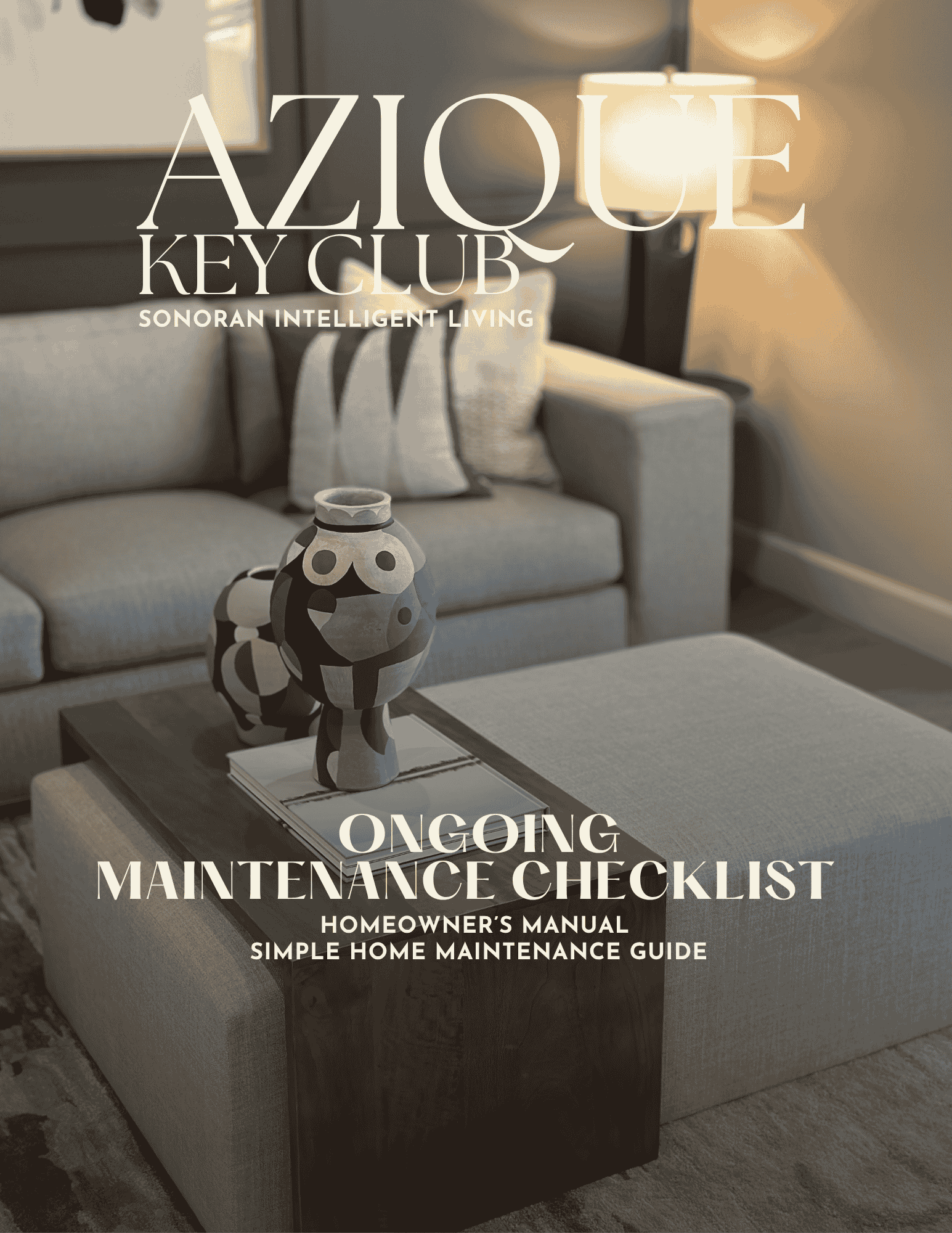
The Plumbing System in Arizona Single Family Homes: Structure, Risks, and Smart Strategies for Lasting Value

The plumbing system in an Arizona single-family home is more than pipes and fixtures—it’s an intricate network designed for comfort, safety, and long-term property value. For homeowners and investors alike, understanding this system is essential to maximizing both daily livability and future equity. From the water main and shutoff valve, to hot and cold supply lines, drainage, and waste vents, every component must work seamlessly to avoid leaks, contamination, or costly repairs.
Arizona’s unique climate and water composition present specific challenges. Hard water, high mineral content, and rapid temperature fluctuations can impact pipe longevity and appliance efficiency. In older homes, legacy materials like galvanized steel or polybutylene may pose risks, while newer builds benefit from copper or PEX, prized for durability and flexibility. Knowing your home’s plumbing blueprint and risk points is a key factor in avoiding emergencies and maintaining value.
Single-family homes in Arizona face a blend of classic and modern plumbing challenges. Common issues include mineral build-up from hard water, scaling in water heaters, slab leaks, and corroded pipes—especially in properties built before the 1990s. Seasonal shifts can expand or contract pipe joints, sometimes causing slow leaks in walls or under slabs that are difficult to detect until damage is advanced.
Best-case scenarios highlight proactive homeowners who invest in high-quality pipes (copper or PEX), install whole-home water softeners, and conduct regular maintenance checks. Builders are increasingly turning to smart home tech—like leak detection sensors and remotely managed shutoff valves—to prevent disasters and boost market appeal. Insulating exposed pipes and keeping detailed records of repairs or upgrades also supports higher resale values and easier insurance claims.
Even well-designed systems are subject to user error: flushing inappropriate items, delaying minor repairs, or ignoring early warning signs like low water pressure. The emotional toll of plumbing failures—whether minor inconvenience or major water damage—can be avoided through a mix of homeowner education and strategic investment.
When selecting or upgrading plumbing in a single-family home, material and technology choice is pivotal. Copper pipes remain the gold standard for longevity (50+ years), resistance to bacteria, and reliability, though they come at a premium price. PEX (cross-linked polyethylene) has gained traction for its flexibility, freeze resistance, and cost-effectiveness, often lasting 40+ years when properly installed.
PVC is often used for drain, waste, and vent (DWV) lines—durable, affordable, but not suitable for hot water supply. In contrast, legacy galvanized steel or polybutylene should be proactively replaced, as both are susceptible to corrosion and failure. Innovative homes feature smart water monitors, pressure-regulated fixtures, and eco-friendly appliances that reduce waste and optimize performance.
Mesa, Arizona, known for its vibrant neighborhoods and family-friendly parks like Red Mountain Park, stands out as a city where home maintenance is integral to community pride and long-term value. The Mesa city administration provides robust resources for homeowners, from certified contractor lists to water conservation guidelines. These local supports reinforce a culture of proactive care, especially when it comes to plumbing.
Whether you’re upgrading an older property or maintaining a new build, prioritize annual plumbing inspections, timely upgrades to modern materials, and smart leak detection technology. The result? Fewer emergencies, higher resale value, and a smoother ownership journey—hallmarks of successful living in Arizona’s single-family homes.
What challenges or wins have you experienced with your home’s plumbing? Do you use smart tech, or prefer traditional solutions? Share your stories below, and stay connected for the latest expert insights, real estate trends, and home maintenance strategies tailored for Arizona living.



